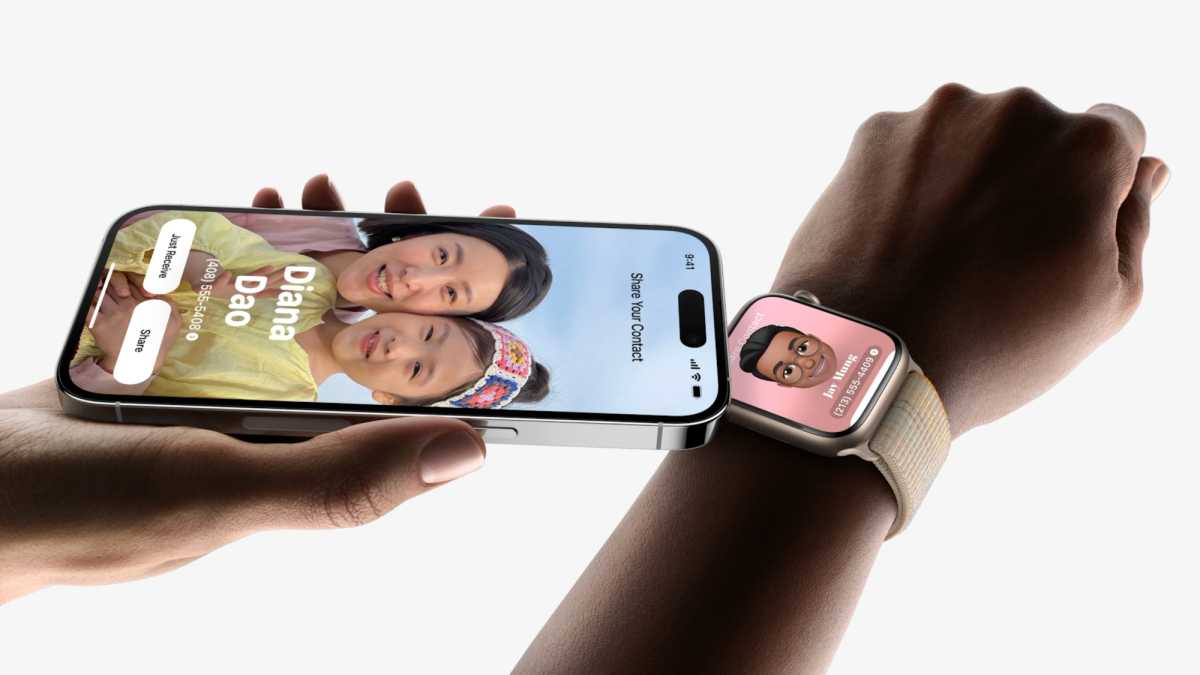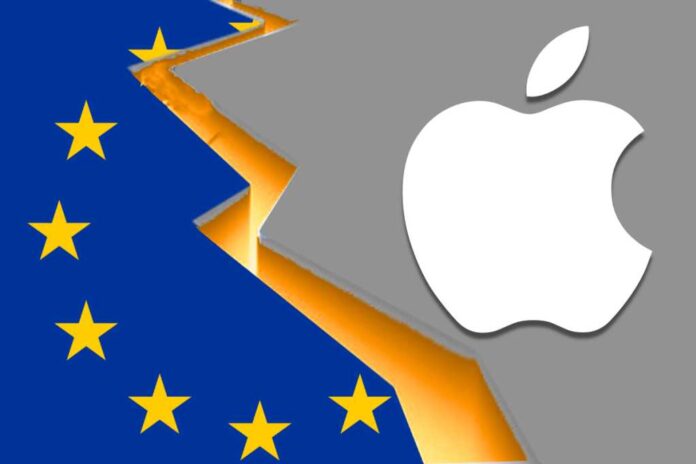With the Digital Markets Act adopted in 2022, the European Union has recognized Apple’s iOS (in addition to different firms’ merchandise) as “Gatekeepers” which have such a stranglehold in the marketplace that they need to be required to adjust to sure guidelines about interoperability and openness to competing software program and providers.
Customers in Europe have already seen some outcomes of this. In comparison with iPhones in the remainder of the world, iOS in Europe gives distinctive capabilities: EU customers can sideload apps and use different app shops, entry completely different cost processors with Apple Pay, use apps Apple doesn’t permit elsewhere equivalent to BitTorrent shoppers and clipboard managers, and may set default purposes for a wide range of frequent telephone duties.
Apple has at all times insisted that these modifications will compromise their consumer’s privateness and safety, hurt the consumer expertise, and hinder Apple’s means to make nice merchandise. Thus far, the modifications don’t seem to have had such a deleterious impact, however the EU says Apple just isn’t totally in compliance with the Digital Markets Act and ordered Apple to make new particular modifications to adjust to its interoperability directives.
There are two new directives (case DMA.100203 and DMA.100204). One specifies methods during which Apple should create higher interoperability with third-party apps, providers, and units. The opposite particulars how Apple should talk and administer its interoperability capabilities to builders.
 The brand new EU guidelines might power Apple to open up Bluetooth and NFC options to third-party builders.
The brand new EU guidelines might power Apple to open up Bluetooth and NFC options to third-party builders.Right here is how the European Fee has described the function modifications Apple should make to reinforce interoperability:
- iOS notifications: Permits related units, equivalent to smartwatches, to indicate and react to iOS notifications.
- Background execution: Executes sure actions with respect to related bodily units “within the background,” i.e. with out the consumer trying straight on the app. For instance, the iPhone can fetch the most recent climate info and synchronize it to a smartwatch, with out the necessity for lively consumer interplay.
- Computerized audio switching: Permits customers to modify between two units, for instance between a smartphone and a pc, when listening to audio with supported headphones.
- Excessive-bandwidth peer-to-peer Wi-Fi connections: Establishes a high-bandwidth Wi-Fi connection between an iOS system and related bodily units. This high-speed connection can be utilized to share giant recordsdata between two units, or to forged on an iPhone what may be seen on virtual reality glasses.
- Shut-range wi-fi file transfers: Permits units to entry the identical iOS-controlled options as Apple’s providers in third-party file-sharing apps, creating, for instance, options to AirDrop.
- Media casting: Permits builders to develop another media casting answer to AirPlay by granting them entry to required software program options in a non-discriminatory technique to AirPlay.
- NFC controllers: Permits apps on an iPhone to speak with related units, equivalent to rings or bracelets, to supply them with info equivalent to a consumer’s cost card particulars. The tip consumer can then use the ring or bracelet in a store to carry out cost transactions like with a cost card with out the presence of the iPhone. Furthermore, bodily good playing cards can simply be learn for example to activate or safe cell banking.
- Proximity-triggered pairing: Permits related bodily units to pair with an iOS system by a simplified process. For instance, when the consumer brings a brand new headset close to the iPhone it ought to have the ability to pair instantly by a easy and streamlined process, independently of whether or not the headset is an Apple product or a third-party model.
- Computerized Wi-Fi connection: Permits units to entry details about native Wi-Fi networks saved on the iPhone and related bodily units to seamlessly be part of these networks.
In different phrases, third-party headphones have to have the ability to present the identical simple proximity-pairing and automated audio switching as AirPods do. Non-Apple units have to have the ability to present and react to notifications the way in which Apple merchandise do (this can be a huge one for third-party watches, such because the new Pebble). Builders should be allowed to develop and publish options to AirDrop and AirPlay that aren’t hamstrung in comparison with Apple’s options. And Apple has to completely open up its NFC implementation.
The EU additional specifies that Apple has to allow interoperability options by full, free, and well-documented APIs, that they should be equally efficient because the options Apple makes use of (no extra “Apple can use capabilities no person else can” stuff), and Apple has to make new performance inside these interoperability classes out there to 3rd events on the similar time they’re out there to Apple.
In case you’re excited in regards to the prospect of third-party {hardware} that works higher together with your iPhone, it is best to know that these options are solely required on iPhones bought throughout the European Union. Already, iOS has entry and openness throughout the EU that it doesn’t in different places. Apple might make a few of these modifications globally, however to date its DMA compliance measures have been unique to iOS customers throughout the EU.
Apple’s response
Naturally, Apple isn’t blissful about this. At any time when a courtroom or authorities tells Apple what it has to do, the corporate pushes again arduous, claiming that compliance will trigger irreparable hurt to customers. In a press release to a number of media websites, Apple stated:
“At the moment’s choices wrap us in purple tape, slowing down Apple’s means to innovate for customers in Europe and forcing us to provide away our new options totally free to firms who don’t should play by the identical guidelines. It’s dangerous for our merchandise and for our European customers. We are going to proceed to work with the European Fee to assist them perceive our issues on behalf of our customers.“


